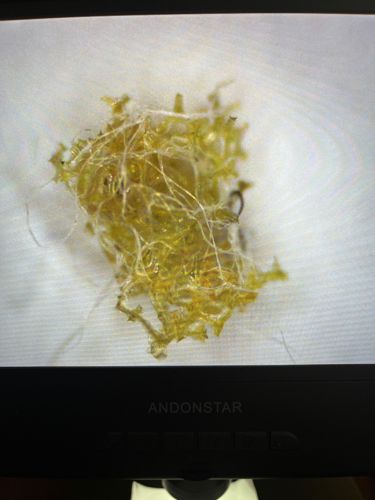Bagworm Moth (larva)
Scientific Name: Psychidae
Order & Family: Lepidoptera (Moths and Butterflies), Psychidae (Bagworm Moths)
Size: Larvae typically range from 0.5 to 5 cm (0.2 to 2 inches) in length, depending on the species and stage of development.

Natural Habitat
Found on trees, shrubs, and other vegetation; often camouflaged by the materials used to build their silken cases.
Diet & Feeding
Herbivorous. Larvae feed on the leaves, needles, or other plant tissues of their host plants. The specific diet varies by species, but they are generally defoliators.
Behavior Patterns
Bagworm larvae construct a protective case from silk and environmental materials (leaves, twigs, bark, etc.) which they carry with them throughout their larval stage. They extend their head and legs to feed and move, retracting entirely into the case when disturbed. Pupation occurs within this case. Adult males are winged and typically short-lived, while adult females are often wingless and remain within the bag to lay eggs.
Risks & Benefits
Risks: Can be significant pests in gardens, nurseries, and forests, leading to defoliation and sometimes death of host plants, especially evergreens. Benefits: Generally considered detrimental in cultivated settings due to their feeding habits; however, they are a part of the natural food chain and can be prey for birds and parasitic insects.
Identified on: 9/22/2025